My Battle with Rosacea
Over 14 million Americans suffer from rosacea—and the number of cases is steadily rising. Gretchen Voss reports on her own battle with the misunderstood, chronic skin condition.
Flanked by my Duke buddies, bubbly Bellini in hand, I was lounging on a terrace chaise under a sublime Carolina blue sky. And then I felt it: The Flush. First, little trickles of warmth streaming across my cheeks, and suddenly, a full crimson tide crashing over my face, staining everything in its wake ruby red. I was powerless to stop it. The sun and the booze were delicious provocateurs for my newly diagnosed skin disease: rosacea. And everyone at the reunion—including the cool boys sipping cold brew whom I used to party with 15 years ago—could see it.
I never felt the need to hide my face back when I was a Blue Devil. I had gorgeous skin. Or, more accurately, normal skin—the kind you abuse (by crashing with your makeup on) and take for granted (since it looks the same the next day, anyway). But a few years ago, I noticed my dermis taking on the high color of an endurance athlete post-workout. My dermatologist—my former dermatologist—blew me off. I was being vain, said the crunchy doc, and simply needed to accept this ruddy face as my own. Her prescription: green-tinted foundation. But as time passed, the cherry crush burned brighter. And then, a few months before my college reunion (of course), I noticed that a smattering of bumps—like zits but without the pus—joined the party on my cheeks. When my new derm diagnosed rosacea, I was relieved. Ha! I thought, I knew I didn't have to accept being red in the face. But then he broke the bad news: There is no cure for this widespread, poorly understood, underdiagnosed condition that more than 14 million Americans—mostly women of Northern and Eastern European descent between the ages of 30 and 60—have. No one, he said, knows what causes the chronic inflammatory disorder in which microvessels dilate, causing patchy red areas on the face and, eventually, acne-like bumps. (Severe cases can also include chronic eye irritation, thickened skin, and rhinophyma, as terrifyingly illustrated by the bulbous nose of W.C. Fields.)
Find tools to calm your complexion: The Best Products for Rosacea
"We don't know what causes rosacea, but we do know what makes it worse," says Dr. John Wolf, chairman of dermatology at Baylor College of Medicine in Houston. "The most common triggers are sun exposure, emotional stress, hot weather, alcohol, and spicy food." Triggers—which stress the body, stimulating the sympathetic nervous system and activating the flushing—vary widely. I've found that steaming baths, intense exercise, hot weather, and white wine—all of which serve as my Prozac—instantly inflame my face. Sadly, even if I don't go all trigger-happy, my skin's new normal state is a smoldering pink. I know it sounds petty, but the fact that I have to wear this disease on my face, that I may never have a mug that appears normal without the aid of drugs and cosmetics, is devastating.
While rosacea can't be cured, it can be managed. I'm taking the antibiotic tetracycline—the same pills gobbled by teens plagued with cystic acne—coupled with metronidazole gel, which immediately halted the disease's progressive march (read: got rid of the unsightly red bumps). But because there are concerns about long-term antibiotic use and bacterial resistance, I'll probably switch to Oracea, a new oral anti-inflammatory drug that is the first to be FDA approved specifically for treating rosacea. In clinical trials, it zapped papules and pustules without contributing to antibiotic or bacterial resistance, which is key, because no one knows how long my case will last.
But the available pills and potions don't do much to put out the fiery redness. Laser therapy is a final option, but because it's expensive, temporary, and not guaranteed to work, my dermatologist doesn't recommend it for me. Yet. "It's just an unpredictable disease," explains Wolf. "Hopefully, with early treatment and active avoidance of the triggers, the rosacea won't get worse. It can get better and then come back again. It can go away entirely. There is no guarantee; that's the problem with a chronic disease." And that's what's so diabolical about rosacea: In an era of silicone and botulism and lab-made collagen, where every cosmetic ailment, real and imagined, is curable, this is a disfigurement with no easy fix.
"Rosacea is an embarrassing disease," says Dr. Ted Grossbart, a clinical psychologist and assistant clinical professor of psychology at Harvard Medical School who is a leading practitioner in the emerging field of psychodermatology. He works with rosacea patients using techniques such as relaxation, imaging, self-hypnosis, and focused psychotherapy around skin triggers. "If you're going nuts, your skin goes nuts," he explains of his mind-body approach. "Often people can use those techniques and not only reduce the emotional impact of their rosacea, but also control their physiology and reduce the actual symptoms. If stress is a major trigger, then it would make sense that learning how to protect your body from stress would let you get a handle on your skin."
Stay In The Know
Get exclusive access to fashion and beauty trends, hot-off-the-press celebrity news, and more.
The real hope for my face's future lies in some recent groundbreaking investigation into the causes of the disease. "Inflammation, everybody agrees, is the key culprit in rosacea," says Wolf. "The most interesting research now is looking at what might cause this inflammation." Turns out, the skin produces a group of chemicals called cathelicidin peptides that defend the skin against infection; in rosacea patients, these antimicrobial peptides are abnormal and activate inflammation in the body. Multiple drugs that inhibit the production of these abnormal peptides are now being tested. "Yes, it's promising," says Wolf. "And it's a long way from a cure. But who knows?"
Gretchen Voss is a Marie Claire contributing editor. She wrote about wives of white-collar criminals in our July issue.
-
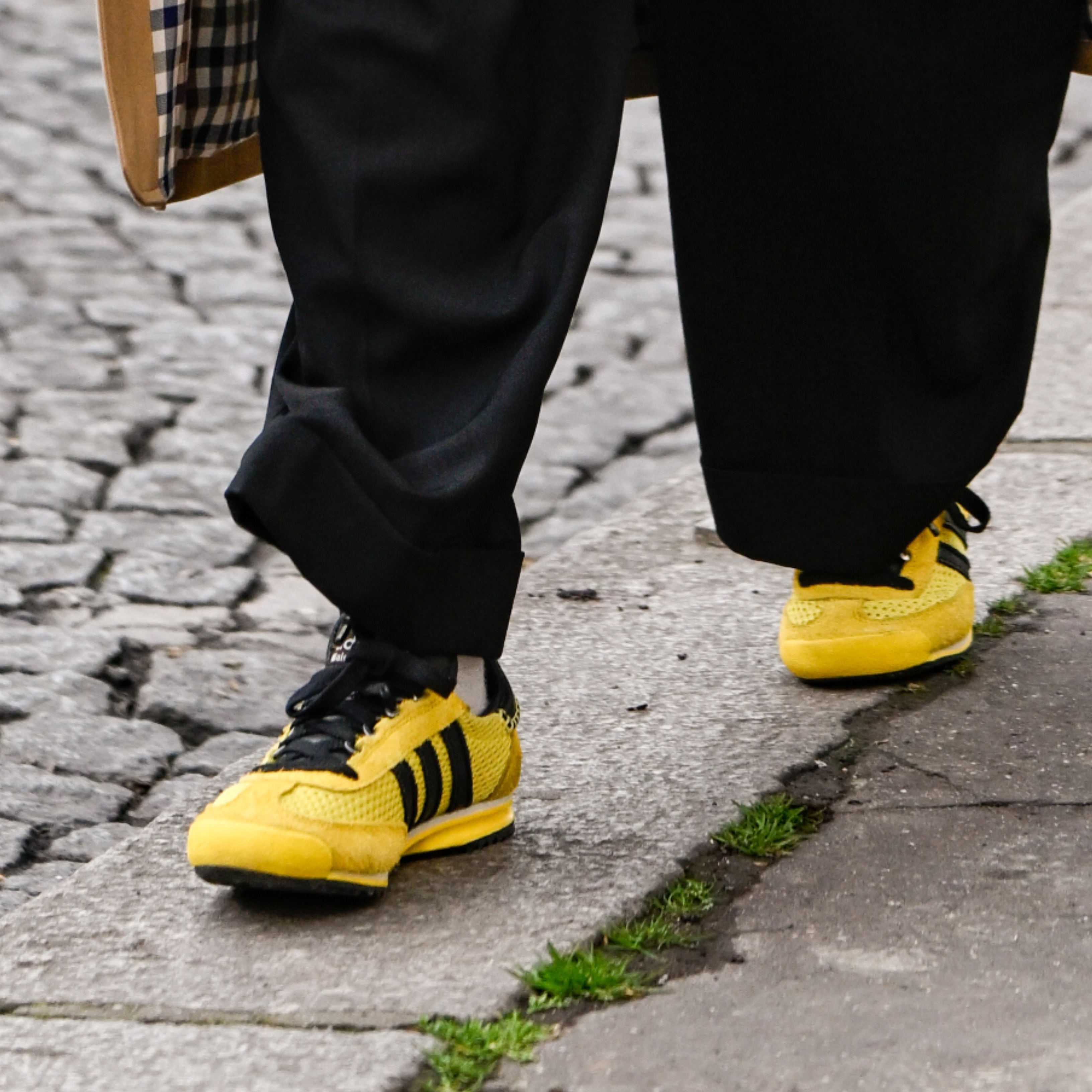 The Shoe Trends Defining My Wardrobe Right Now
The Shoe Trends Defining My Wardrobe Right NowI can't stop wearing them.
By Nikki Ogunnaike Published
-
 Adria Arjona Smells Irresistibly Delicious Courtesy of This $48 Hair Oil
Adria Arjona Smells Irresistibly Delicious Courtesy of This $48 Hair OilPlus the makeup routine that helps her feel "like a rebel."
By Ariel Baker Published
-
 Princess Anne's Unexpected Suggestion About Mike Tindall's Nose
Princess Anne's Unexpected Suggestion About Mike Tindall's Nose"Princess Anne asked me if I'd have the surgery."
By Amy Mackelden Published
-
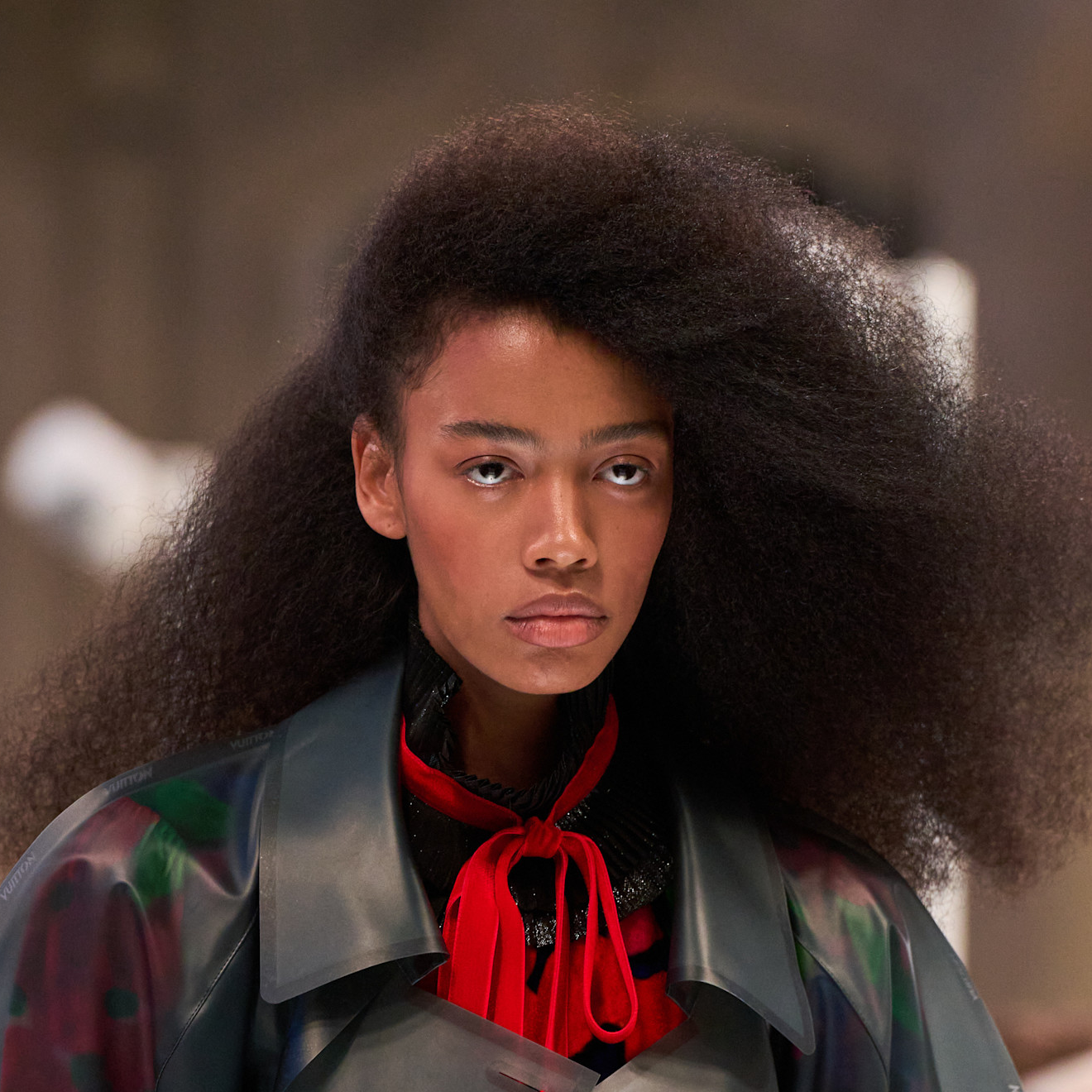 Everything You Need to Know About Marie Claire’s Skin and Hair Awards
Everything You Need to Know About Marie Claire’s Skin and Hair AwardsCould your brand survive an editor testing session?
By Ariel Baker Published
-
 People Always Compliment My Flawless Skin—These 6 Steps Are Why
People Always Compliment My Flawless Skin—These 6 Steps Are WhyFrom sunscreen and essences to moisturizers, it's all here.
By Hannah Baxter Published
-
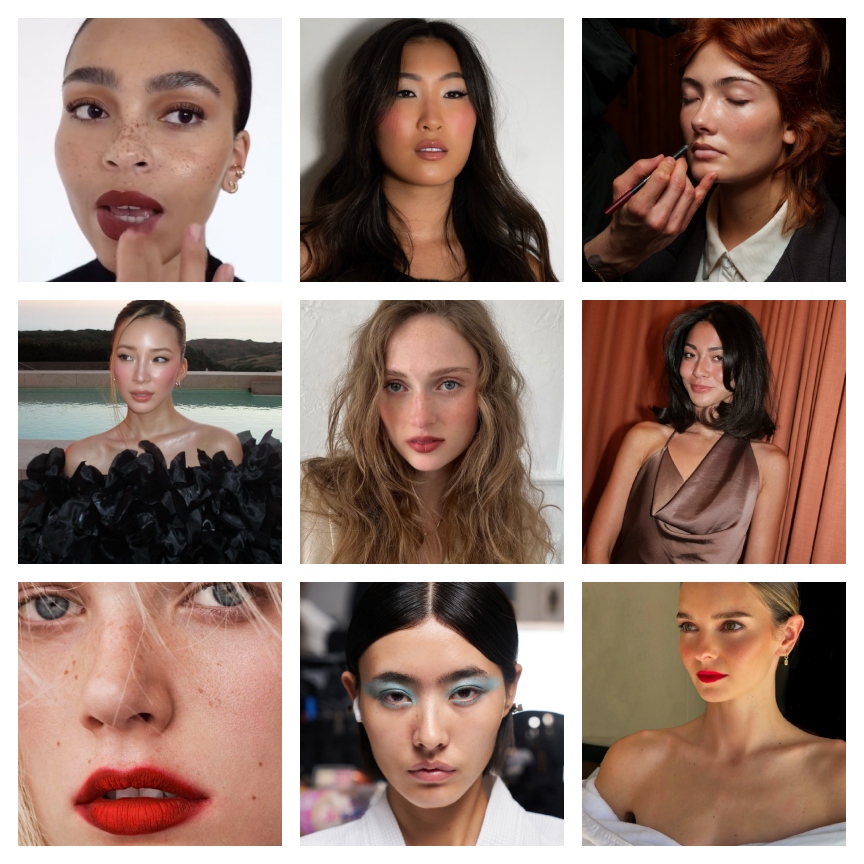 The 11 Best Spring Makeup Trends Are Sexy, Sensual, and Perfectly Luminous
The 11 Best Spring Makeup Trends Are Sexy, Sensual, and Perfectly LuminousIt's dew or die time.
By Jamie Wilson Published
-
 Simone Ashley’s Indie Sleaze Glam Is a Cool-Toned Dream
Simone Ashley’s Indie Sleaze Glam Is a Cool-Toned DreamThe actor was spotted in New York City looking like the epitome of cool-toned beauty.
By Ariel Baker Published
-
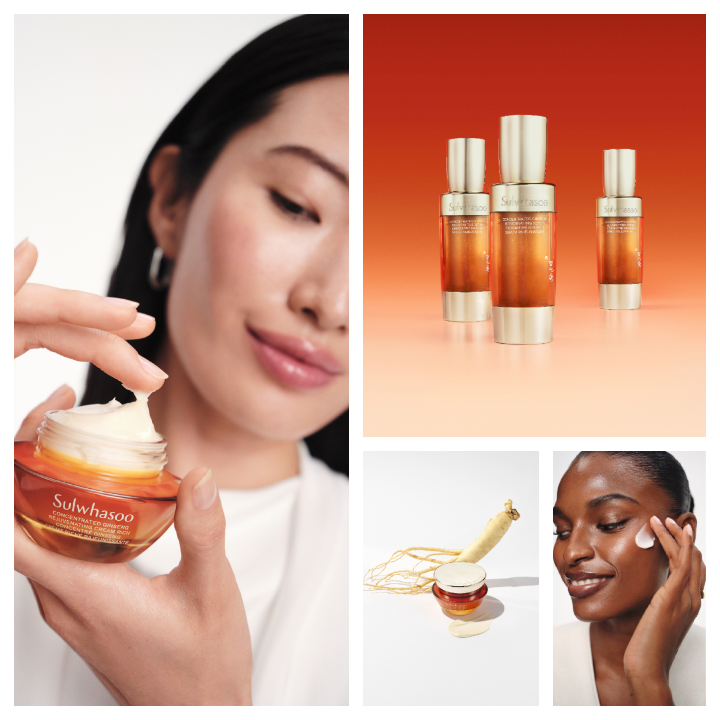 Sulwhasoo’s New Concentrated Ginseng Cream Is a Wrinkle-Erasing Time Machine for My Skin
Sulwhasoo’s New Concentrated Ginseng Cream Is a Wrinkle-Erasing Time Machine for My SkinThis Seoul-based brand is the key to plump skin.
By Samantha Holender Published
-
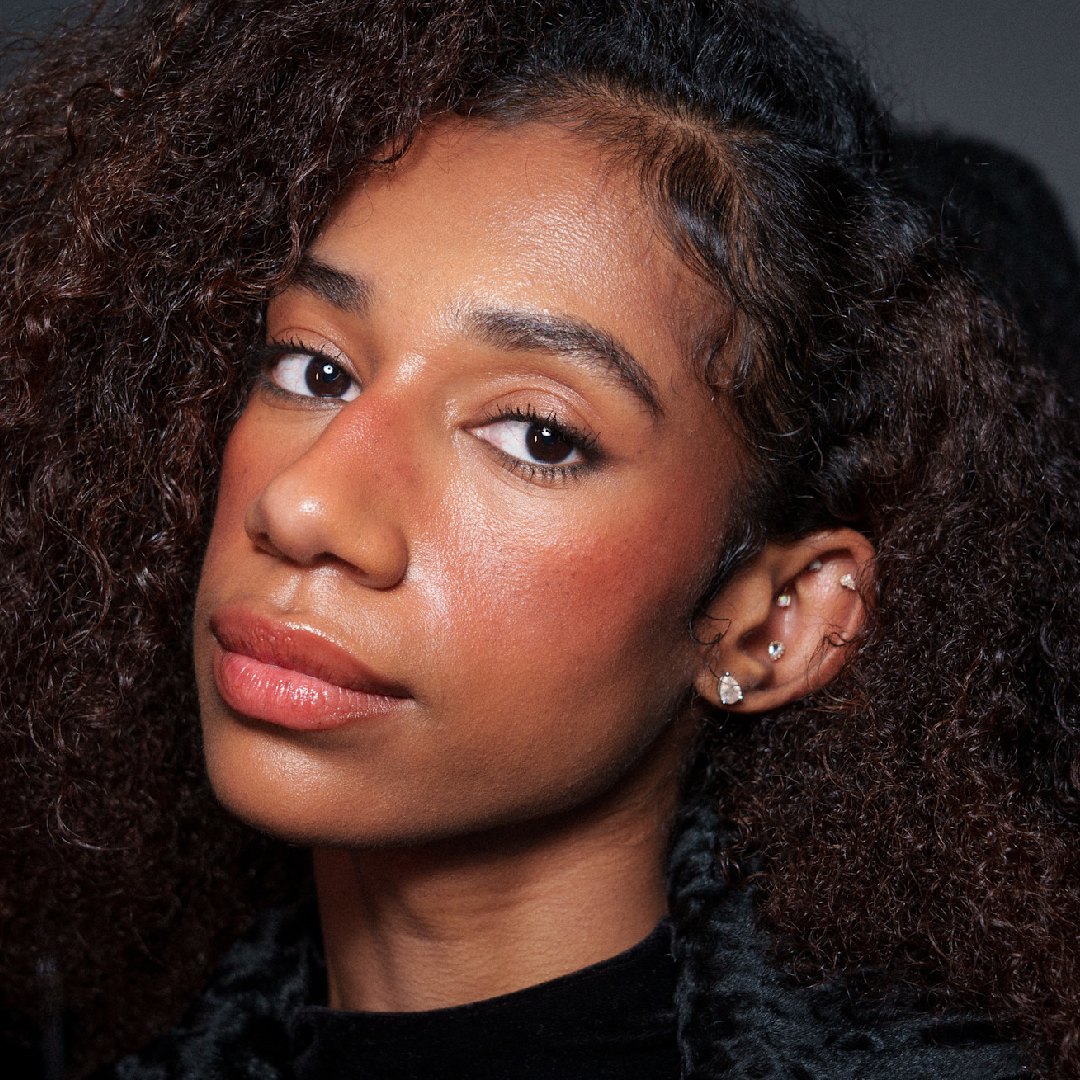 The 10 Best Hair Growth Shampoos of 2025, Tested by Editors
The 10 Best Hair Growth Shampoos of 2025, Tested by EditorsExpensive and healthy-looking hair on lock.
By Marisa Petrarca Published
-
 New York Fashion Week’s Fall/Winter 2025 Best Beauty Moments Are a Lesson in Juxtaposition
New York Fashion Week’s Fall/Winter 2025 Best Beauty Moments Are a Lesson in JuxtapositionThe week's best beauty looks were a maximalism master class.
By Ariel Baker Published
-
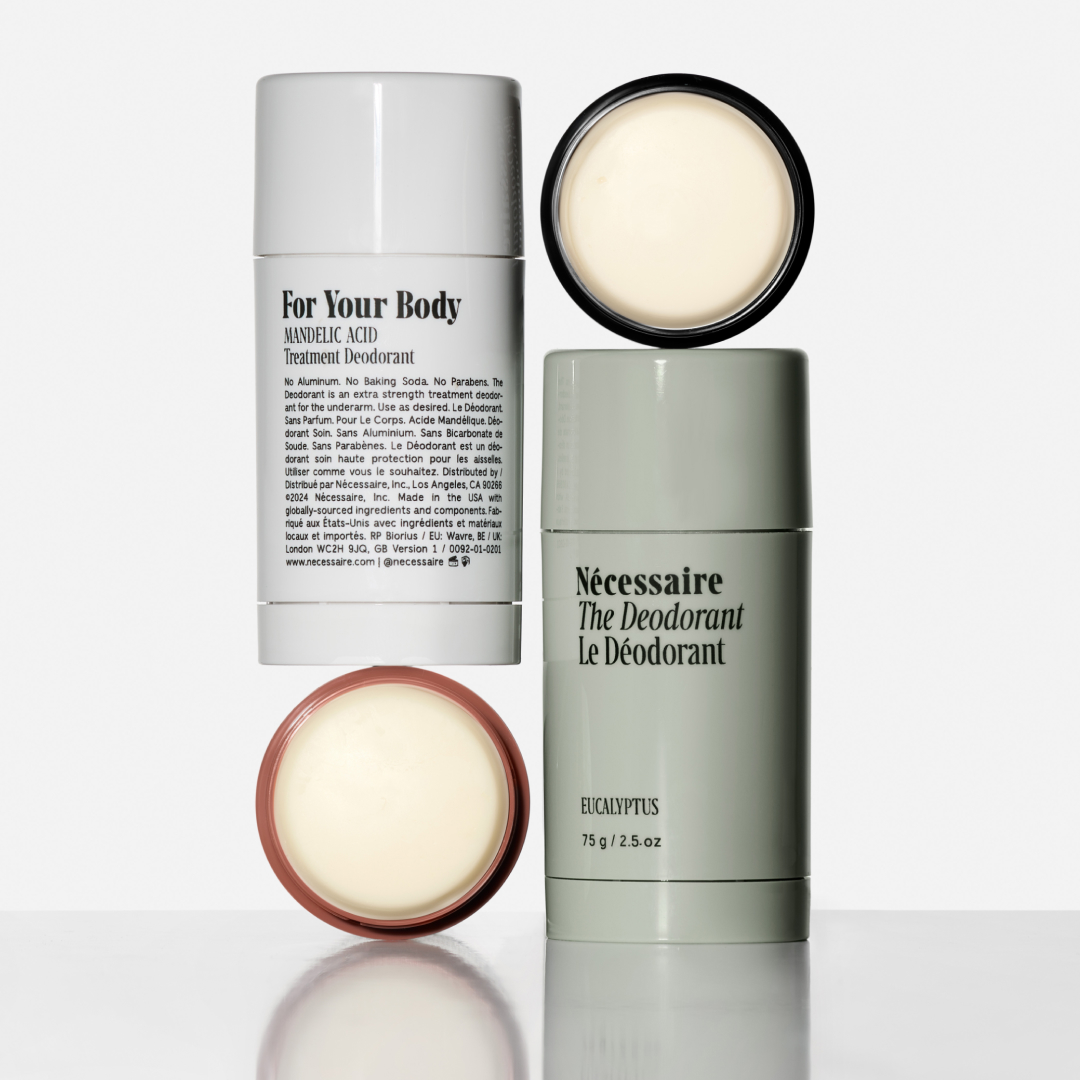 Nécessaire's Extra-Strength Deodorant Outlasts an Editor's Sweatiest Test: Fashion Week
Nécessaire's Extra-Strength Deodorant Outlasts an Editor's Sweatiest Test: Fashion WeekEven with my hectic schedule, I've never smelled better.
By Halie LeSavage Published